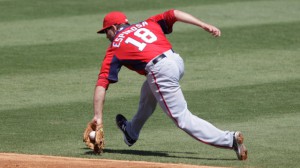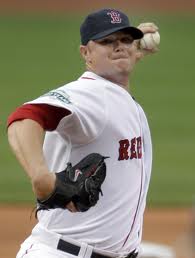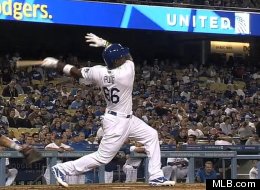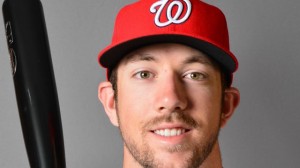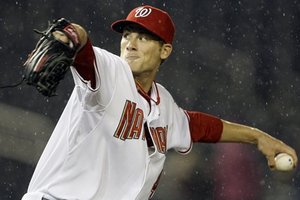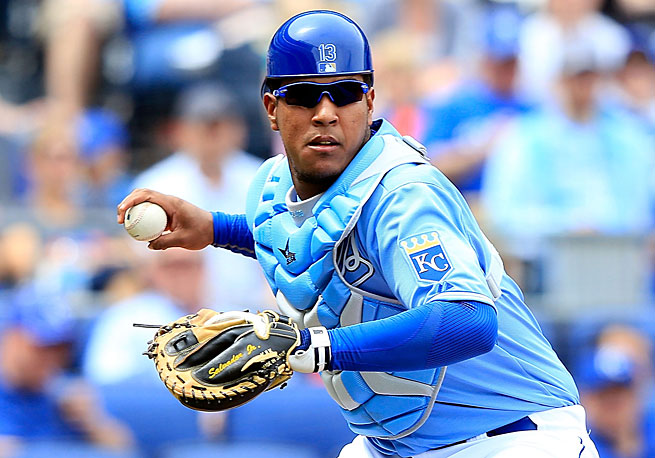With little baseball news to report on this week, and clearly with us tired of arguing about Danny Espinosa :-), here’s a quick recap of the year in stories on this blog. From each month, I’ve grabbed a couple of the more interesting or unique posts I did, with thoughts and follow-on.
(Here’s 2013’s review as well, to see how far we have or have not evolved…)
Jan 2014:
- From Nats to Oblivion; I love doing this post and looking up all these random guys. Believe it or not, even with the 1st place finishes and considering how far we’ve come from the 100 loss teams, there are still “oblivion” guys who play their last MLB game in a Nats uniform. I’m sure we’ll do another iteration of this post soon.
- Thoughts on Keith Law’s organization and prospect rankings; I always think too much on Law’s stuff, but of all the major prospect rankers I like his thought process the best.
- Statistics and Rentention rates of Arbitration case players; analysis of arbitration cases argued … which thankfully the Nats havn’t done in a little while.
Feb 2014
- The Phillies are purposely sabotaging college player eligibility; a shockingly petty story at the time; it has more or less faded after nothing much happened after the 2014 draft.
- Ranking Baseball’s General Managers: it was hard to do then, and after this off-season’s GM shuffle its even harder to do now. Looking back, I ranked Sabean #11; his team has only won 3 of the last 7 World Series. I ranked Daniels 4th, Cherington 6th and both their teams finished in last place in 2014. I had Wren 8th and he was fired before 2014 even ended. Tough ranking to really do well.
Mar 2014
National High School Baseball Powers: first attempt to capture this information. Harder than it seems.- Local draft-prospects to keep an eye in for the 2014 draft; 2014 represented the first time I really closely followed local baseball to the extent that I did, and it started with deeper dives into local baseball talents. I’ve already got this post in draft mode for 2015.
Apr 2014
- Qualifying Offers; are they working? Short answer: I don’t think so. We’ll revisit this topic once the last two guys with Q.O.s sign this off-season (Shields and Scherzer).
- Law trashes Williams and their handling of Harper: Law posts in late April the same criticisms of Williams we had all year; bullpen management, lineup construction, handling of vets versus youngsters. Your 2014 manager of the year! Still incredibly bitter about the Zimmermann yanking in the NLDS (see below).
May 2014
- TJ Surgery epidemic: upbringing, showcases and mechanics. I eventually published a second post with a ton of TJ material for those interested in deep dives into the topic.
- DC/MD/VA District High School Tournament Report; for some reason I really got into following the local high school baseball tournaments in 2014. I definitely will do this again in 2015. Even though these local baseball posts don’t get much commenting (nothing to really argue about I guess), I feel like there’s almost nobody else out there doing the same work.
June 2014
- CWS Super-Regionals recap and CWS field; another topic that only I seem to write about; the College Baseball playoffs. There is a whole set of links following the CWS tournament from its field of 64 to its championship game.
- Who are the Nats targeting at #18 plus Mock Draft review of top5 picks: I tried to keep track of all the mock drafts here; it was probably not an effort worth doing again. Nobody correctly predicted even the 5 guys who went 1-5 … let alone the right order.
- Strasburg-Cole matchup and a history of #1 vs #1 picks; in what may have been the largest, most tedious research project i’ve ever done for any blog posting … i dug up the b-r.com links for every single #1 versus #1 starter matchup in the history of baseball. I could find no way to do it in b-r’s subscription query service, nor any other way other than brute force.
- A history of Pitchers taken #1 overall; so much research went into the #1 vs #1 post … i turned it into this post.
July 2014
- Local Little League District Tournament Results MD/VA: continuing the theme of tracking non-professional baseball, we covered the local little leagues too.
- What is the benchmark for a “good” or “bad” draft? A huge post talking about whether we had good or bad drafts.
Aug 2014; a job switch made the pickings and postings a bit light in Aug and Sept of 2014.
- Post trade-deadline playoff contender rotations; re-evaluating the rotations after a ton of major trades.
Sept 2014
- Rotation Reviews of your 2014 Playoff Teams; I didn’t get enough time to do the typical playoff team analysis I do; i missed out on roster construction this year, one of my favorite posts to do. We’ll hope for more time next year.
Oct 2014
- Would you have pulled Zimmermann? A classic second-guessing blog post, questioning a manager move that back fired. I wish I had a time-stamped video of my reaction at the moment of the event so that people would know I wasn’t back-seat driving. Still irked about this, still convinced this changed the course of the post-season.
- World Series Pitching Matchups & Predictions (that you should laugh at); I finish off an abhorrent prediction season with an equally bad (and eventually wrong) WS prediction.
- Nats Payroll Projections for 2015: where we hear the bad news … that we’re close to $150M on a team where $135M was “beyond the budget” for 2014…
Nov 2014
- Nats 40-man Option status for 2015: lots of guys out of options …. a precursor for a roster shedding ahead of the rule-5 draft.
- Rizzo the gambler; how have his injury-risk signings/picks done?
Dec 2014
- What the Cuban embargo easing means for baseball: also a link collection for stories on the topic.
- Post-Winter Meeting bonanza; who improved their Rotation the most? Who’s left?
I only posted 130 posts this year, down significantly from 2013 (237 posts). But I feel like we have a ton more commentary now. There were 75 comments on the Detwiler post earlier this month! That’s great. I’m glad we have a great place to discuss and argue about stuff.
Happy New Year and thanks for reading in 2014.
